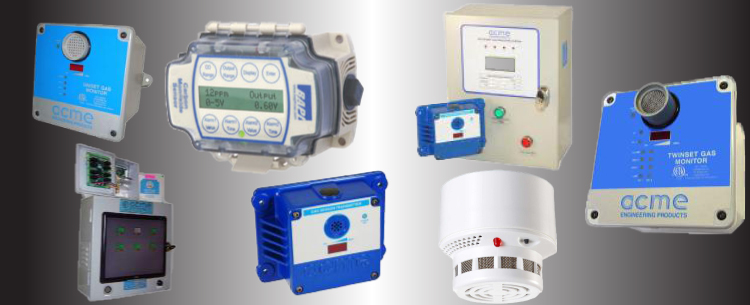Indoor Environmental Quality
Indoor Environmental Quality (IEQ) is a serious matter and complaints should be dealt with promptly. According to a research article by the National Center for Biotechnology Information, the majority of adverse reactions and illnesses that are building related can be diagnosed by a physician and attributed to contaminants identifiable in an indoor environment. Symptoms such as headache, fatigue, nausea, difficulty in concentration and irritation of the eyes, nose, throat and skin may be triggered by poor indoor air quality and classified as Sick Building Syndrome. SBS is estimated to be present in as many as 30% of all office workers.
View details »
Building Related Illness
Coughing, tightness in the chest, fever, chills and muscle aches are often categorized as the more serious and diagnosable disease known as BRI, or Building Related Illness. These conditions can be linked directly to exposure to airborne contaminants in the facility. BRI’s can develop into Legionnaire’s Disease and Restrictive Airways Disease. Quickly establishing a highly effective site-specific IEQ Program by identifying possible underlying sources of contaminants in your facility is your first line of defense. Through customization and development an IEQ Program will succeed in providing and maintaining a healthy, productive environment suitable for all employees. By laying the framework for an IEQ Program, the benefits of a healthy indoor environment and increased environmental safety are recognized through employee awareness.
View details »
Professionally Testing CO Detectors
Indoor air quality can be a complex and broadly defined subject. Several variables control the types, levels and concentrations of contaminants that pollute an indoor atmosphere. Constantly changing values such as humidity, temperature, ventilation, occupancy and work related activities contribute to the unique perception of indoor air quality. All airborne contaminants are generated by a specific source. Detection and identification of those sources is a crucial first step in controlling an indoor environment. Appropriate detection methods, continuous monitoring and proper documentation work together to protect Property Owners and Building Managers from liability and legal responsibility.
View details »

